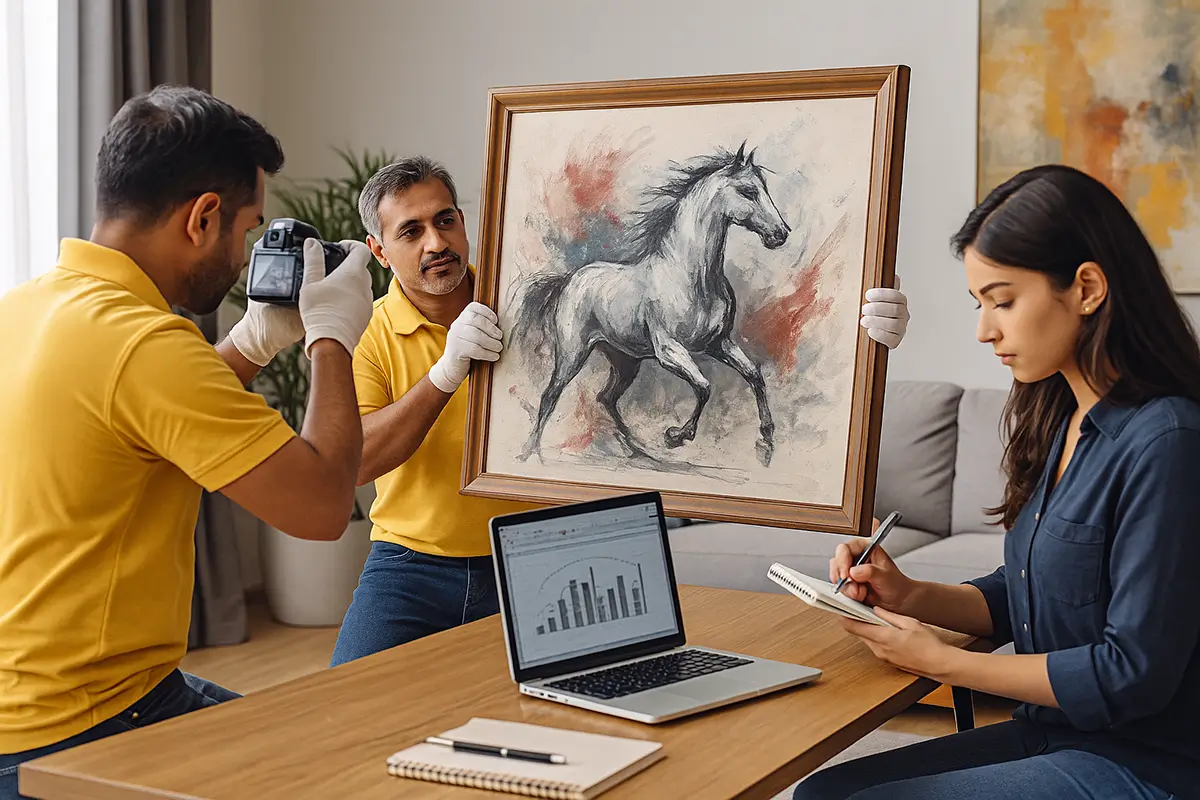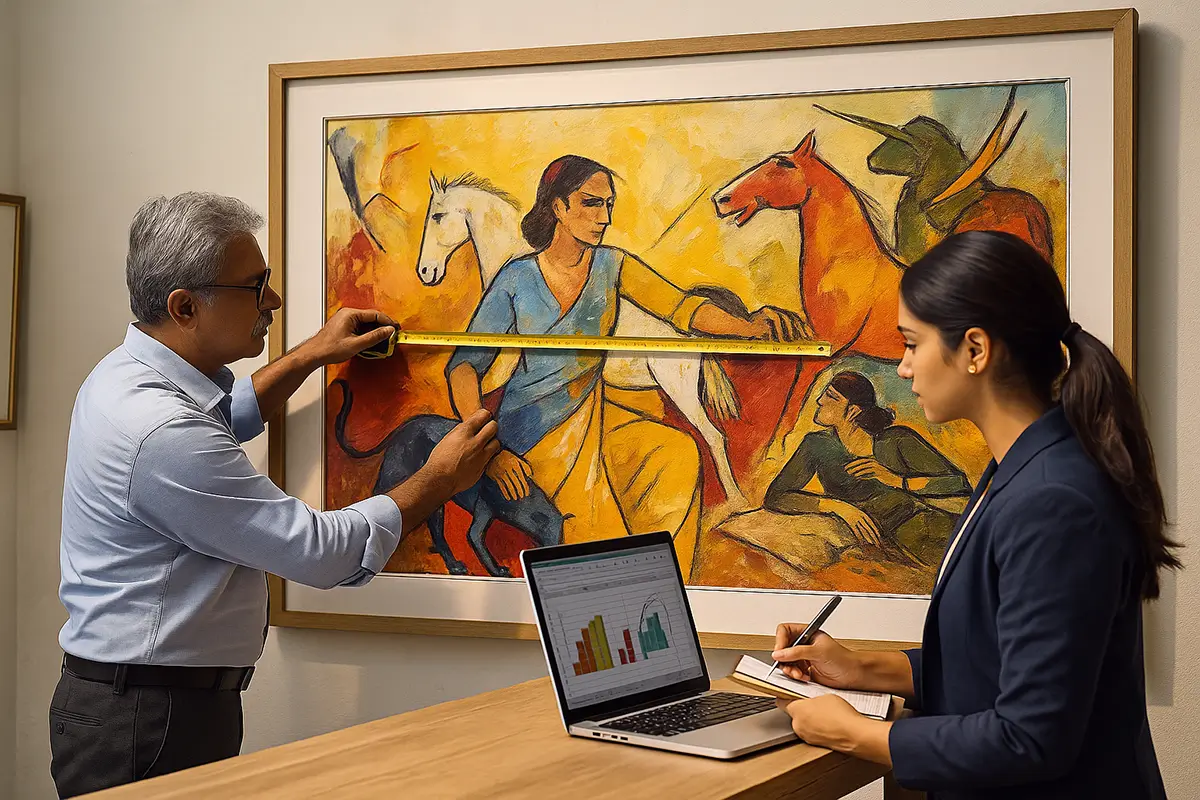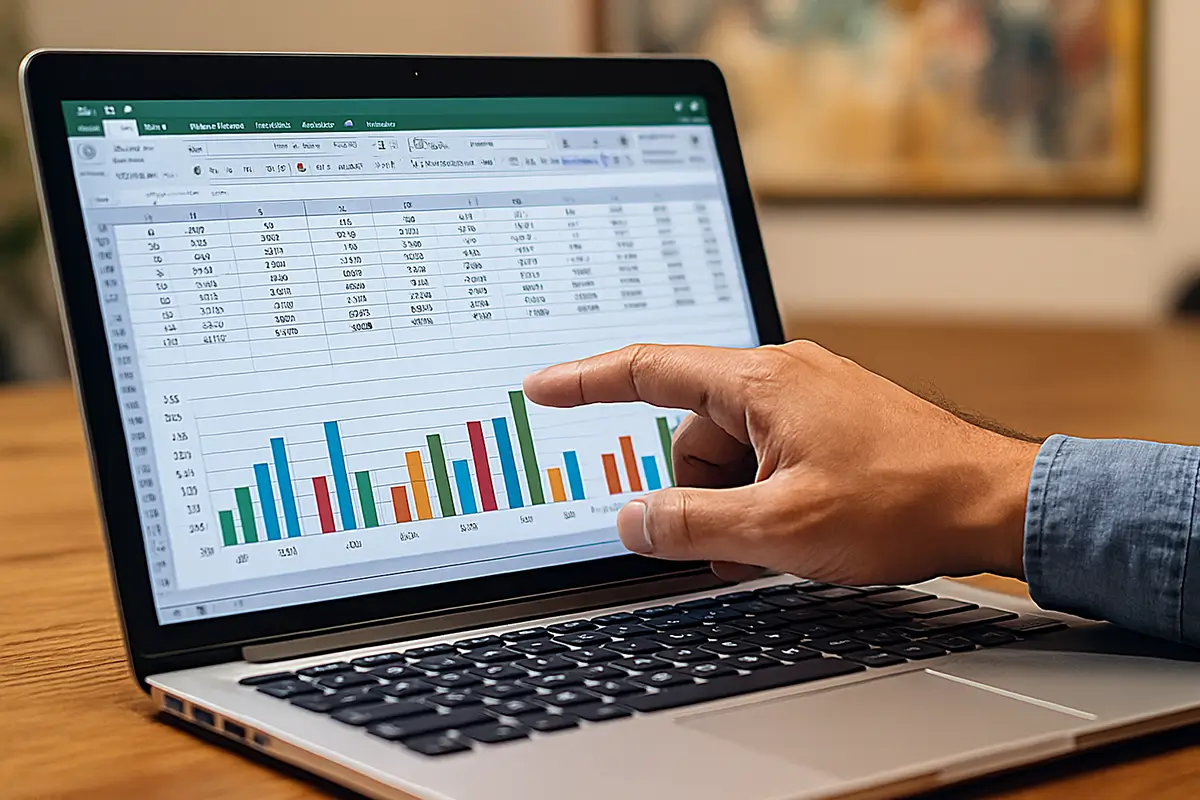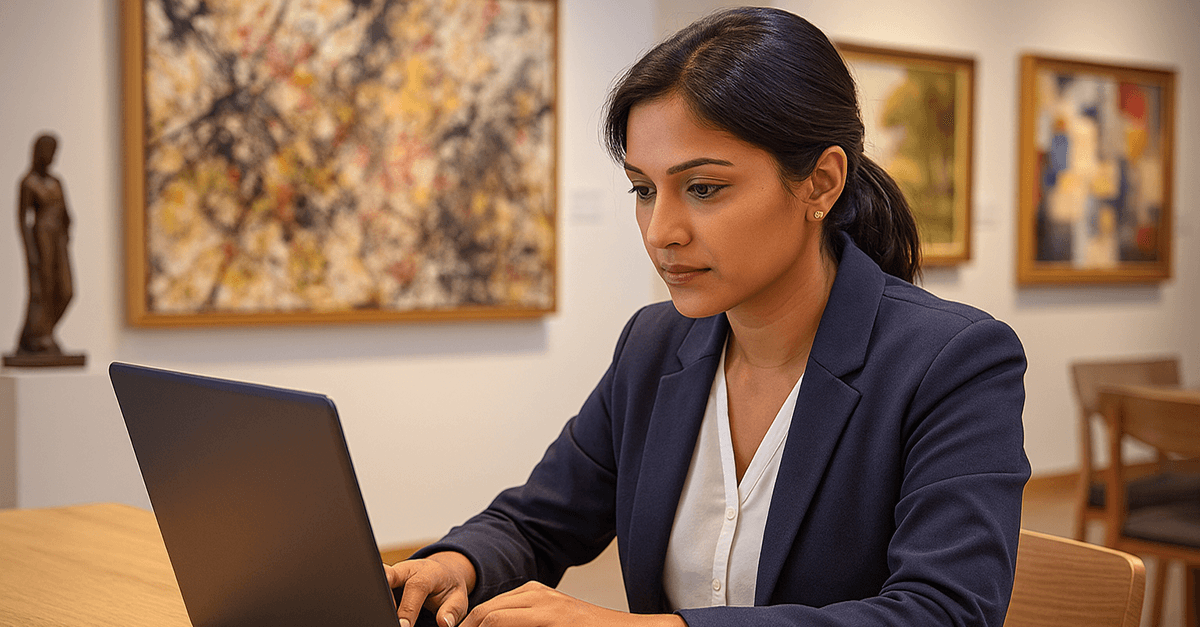As financial strategies evolve, discerning investors are increasingly viewing art not just as a cultural or aesthetic pursuit, but as a tangible asset capable of delivering long-term value. Especially in India, where the art market is maturing and diversifying, art acquisitions have become strategic investments that combine passion with portfolio planning.
This article explores the nuances of considering art as a tangible asset class and how it can enhance a diversified financial portfolio.
Why Consider Art as a Tangible Asset?
Art, like real estate and precious metals, falls into the category of tangible assets. It holds intrinsic and potentially appreciating value, offers privacy, and can diversify risk within a portfolio. Unlike stocks or mutual funds, the value of art is less influenced by market volatility, making it an attractive option for long-term investors.
Key Benefits:
- Cultural Capital: Beyond monetary returns, art often brings prestige and legacy.
- Asset Appreciation: Many artworks gain value with age, rarity, and artist recognition.
- Inflation Hedge: Art values have historically shown resilience during inflationary periods.
Furthermore, as a discreet and often portable asset, fine art becomes a discreet tool for wealth preservation, ideal for art asset management in high-net-worth portfolios.
Tangible Asset vs. Traditional Financial Instruments
Unlike equities or bonds, tangible assets have a physical presence. While they lack the liquidity of financial instruments, they also aren’t as susceptible to digital fraud or stock market crashes. Art, being portable and concealable, provides a discreet and secure investment avenue, especially for HNWIs.
Risks and Considerations:
- Illiquidity: Reselling art may take time.
- Subjective Valuation: Value is influenced by taste, trends, and perception.
- Market Volatility: The market is sensitive to reputation, authenticity, and provenance.
To mitigate these risks, it’s essential to pursue professional art valuation and documentation. A comprehensive art valuation report ensures clarity for both buyers and sellers and aids in legal, tax, and estate planning processes.
Explore our art valuation services to get started with evaluating your portfolio.
Evaluating Art as an Asset Class
Evaluating art as a financial asset requires a mix of qualitative and quantitative insights. Beyond the visual appeal, several factors contribute to the actual value of an artwork:
- Artist reputation
- Provenance (ownership history)
- Rarity and condition
- Historical or cultural significance
- Art collection survey results
- Market demand and liquidity trends
An experienced appraiser will also consider artwork valuation methods like comparative sales, replacement cost, and income-based approaches when applicable.
This is where art collection evaluation and assessment become crucial steps in understanding the real worth of your collection.
Art and Estate Planning: A Legacy Beyond Wealth
As art is often passed from one generation to the next, it plays a unique role in legacy planning. However, without formal valuation and documentation, it can result in disputes, tax complications, or even undervaluation.
Incorporating Art into Estate Planning:
- Include artworks in your art estate planning documentation
- Obtain fair market value reports periodically
- Engage advisors familiar with art valuation for estate planning
A systematic approach not only reduces future friction among heirs but also aligns your collection with broader wealth distribution strategies.
Role of Art in a Diversified Financial Portfolio
When viewed as an investment, art behaves differently from most asset classes. Its correlation with traditional markets is weak, meaning it can serve as a hedge against downturns in stocks or commodities.
Moreover, with art collection insurance and art collection inventory systems, collectors can manage risk while enjoying cultural capital.
India’s growing class of informed collectors and professionals are increasingly integrating art collection consultancy services into their larger wealth management frameworks.
Starting Your Art Investment Journey
If you’re new to investing in art, here’s how you can begin:
1. Define Your Objective
Do you want to buy art for aesthetic pleasure, for art legacy planning, or as an investment vehicle? Your end goal will influence what and how you buy.
2. Seek Professional Advice
An experienced art consultant can help you navigate artist credibility, provenance, and investment viability.
3. Focus on Documentation
Insist on proper documentation—certificates of authenticity, condition reports, and invoices—to protect and validate your asset.
4. Build a Diverse Portfolio
Include a mix of established names and emerging talents across different genres and periods. This diversification further stabilizes risk and offers growth potential.
Art Documentation and Insurance: A Non-Negotiable Asset Strategy
One often overlooked aspect of art acquisition advisory is the need for professional documentation. This includes:
- Provenance reports
- Appraisals
- Legal ownership transfers
- Art collection documentation for audits and declarations
Additionally, securing art collection insurance is vital for safeguarding your investment. Coverage options range from protection against theft to coverage during transportation or exhibition.
This level of risk mitigation is an important layer in broader art collection management strategies.
Taxation and Regulatory Aspects in India
Art is considered a capital asset in India. Therefore, it is subject to capital gains tax upon sale. Donations made to recognized institutions may also yield art charitable donation deductions under specific sections of the Income Tax Act.
To optimize these financial movements:
- Work with an expert in art tax planning
- Ensure your valuation reports meet regulatory standards
- Record holding durations and acquisition details
Understanding the tax angle is essential for collectors who plan on art collection divestment or inheritance planning.
Contemporary Trends in Indian Art Finance
India’s art market is experiencing a shift with:
- A surge in demand for modern and contemporary art
- Establishment of art funds and structured investment products
- Growing focus on art investment strategy in family offices
HNWIs and institutions alike are now including art in their financial portfolio planning, supported by analytics, tech-based valuation tools, and integrated wealth advisory services.
Even corporate buyers are leveraging art for corporate spaces and offices, not just for décor but as an appreciating investment.
Integrating Art with Wealth Management
In today’s era of alternative investments, art provides both cultural and financial benefits. By integrating art into your financial portfolio, you benefit from:
- Wealth diversification
- Legacy preservation
- Asset security and documentation
- Tax optimization
With expert assistance, this integration becomes seamless and strategic. Platforms like TurmericEarth offer end-to-end solutions including art valuation, art acquisition, collection documentation, and advisory for art investment opportunities.
Final Thoughts: The Case for Art as a Tangible Asset
Art is more than a decorative or cultural element; it is an appreciating, tangible asset with the potential to significantly enhance your financial strategy. Whether you’re acquiring art for legacy, aesthetic, or investment purposes, the foundation of any successful acquisition lies in robust valuation, expert advisory, and informed management.
As India’s collector community matures, integrating art into your wealth portfolio could be one of the most fulfilling and strategic decisions you make.
Explore our art valuation services to begin managing your collection with clarity and confidence.













